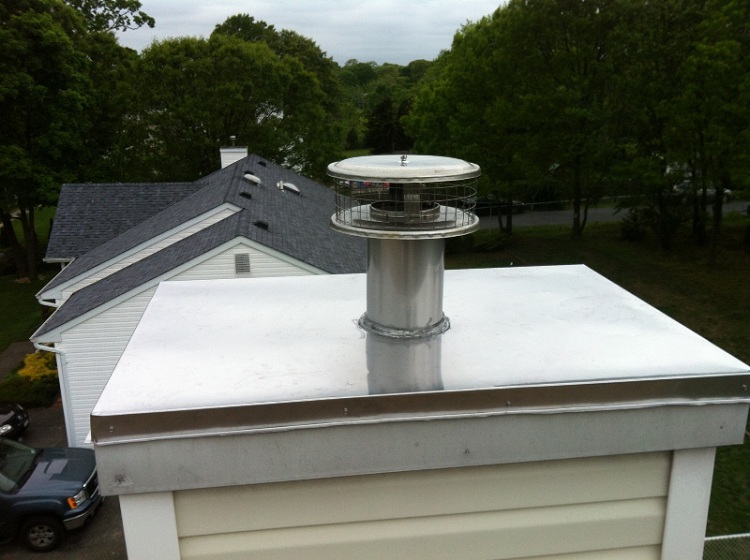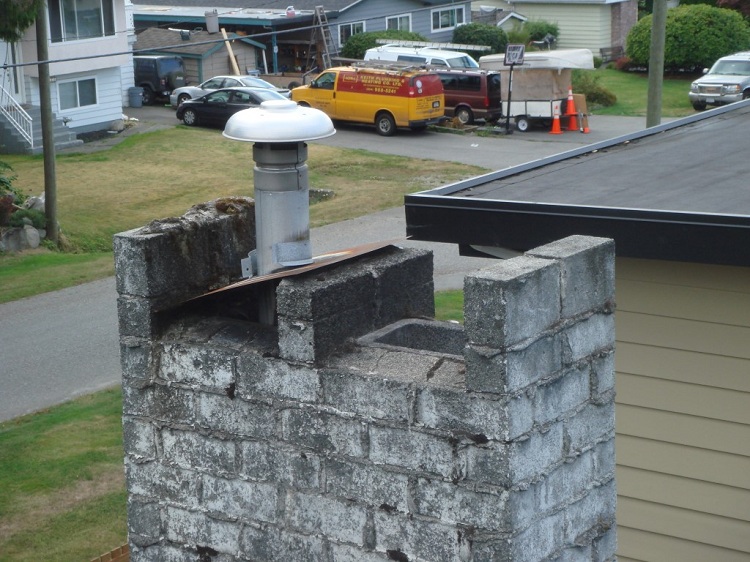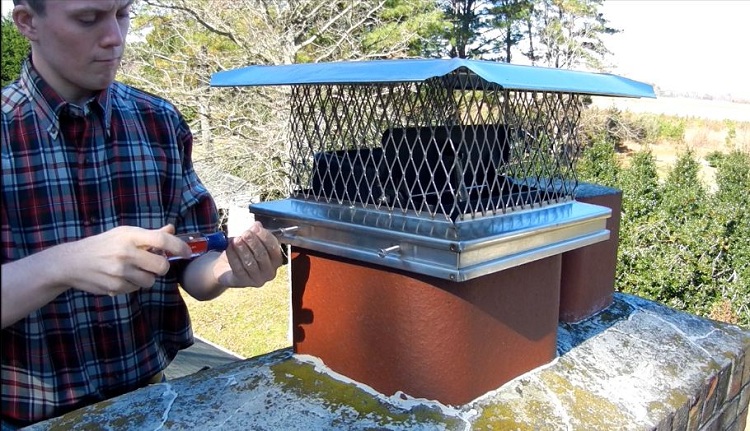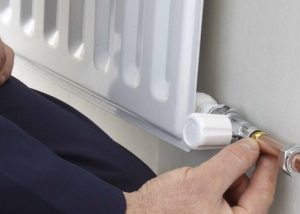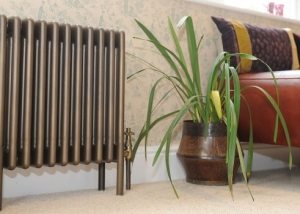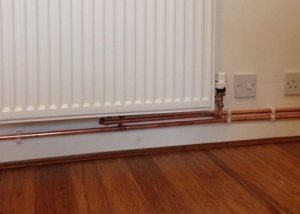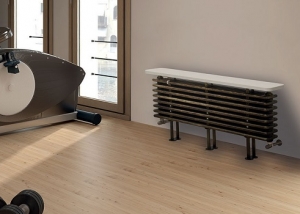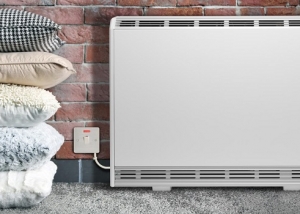For thermal units operating on fossil fuels, the installation of high-quality and reliable smoke exhaust systems is an indispensable condition. Without the organization of the air flow to the furnace space, the fuel in the boiler or stove will not be burned with full heat dissipation, and the combustion products must be removed both from the furnace and from the building itself. The weather vane on the chimney pipe makes its contribution to ensuring the efficient operation of the heat generating unit.
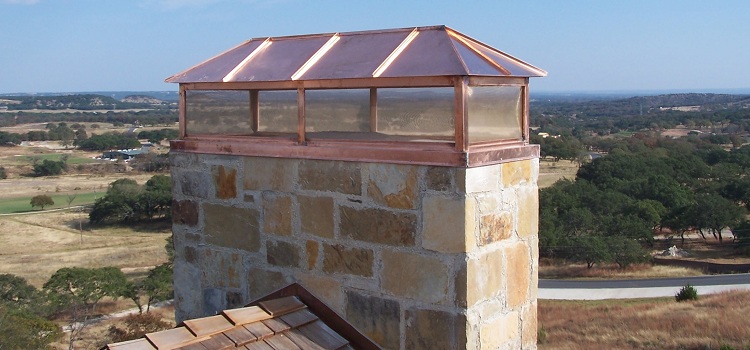
The flyugar is a kind of hood that protects the chimney from getting inside the debris, precipitation and contributes to increased traction in the pipe
Content
Why is such a detail necessary?
Many of our contemporaries are mistaken as to what a flyask is needed for (it is also called a hood or a smoke box). The most common opinion is: it protects the chimney from condensation. This is true, but only to a certain extent. Moisture is formed and accumulates on the surface of the inner part of the chimney system and the hood on the pipe here will help little. The main functions of the windshield are as follows:
- prevents debris, dust and other foreign objects from entering the chimney;
- extends the life of the pipe, protecting it from precipitation;
- the design of some models of hoods increases traction in the chimney and does not allow even a strong wind to overturn it;
- performs an aesthetic function. A chimney with a fly lamp gives the whole house an attractive appearance.
However, according to professionals, most types of decorative caps do not improve the functionality of the smoke exhaust system at all, but on the contrary, the chimney’s operational characteristics only worsen. However, this thesis does not apply to nozzles of the following designs:
- nozzles with industrial exhaust baffles;
- wind deflectors.
The second option is much more effective than the first. Due to the bearing, the housing, made in the form of a half-cylinder, remains movable. The direction of rotation of the vane-deflector is determined by weather conditions. And the petal present in the structure fixes the product in such a position that the half-cylinder is constantly turned toward the wind with a hemispherical, rather than a hollow, part. As a result, due to rarefaction, the thrust increases.
The first mechanism works according to the following principle: a vacuum is formed inside the deflector itself due to the fact that the air flow formed by the wind load bends around the tip located on the brick chimney. As a result, such a cap functions differently: when it is windy on the street, the thrust increases, and, conversely, the calm decreases.
The most powerful argument in favor of the second option is formulated as follows: the design of this smoke stack on the chimney pipe completely eliminates the possibility of wind blowing traction. But when using a system of the first type, this is sometimes observed.
Design Features
The considered element of the toxic gas removal system is a canopy over the chimney and to some extent is similar to a house of a certain shape. There are no walls in the house.An association with them is caused by 4 supports placed in the corners, between which there is always free space. Smoke is removed through it. The roof of the house is fixed on the supports, and its bottom, as if the foundation, is attached to the upper edge of the chimney.
Note! The cross-sectional area of the hood is greater than the value of the same parameter of the chimney. Such a constructive solution prevents precipitation from entering the smoke channel.
The shape of the fly bar always follows the shape of the chimney. So, if one is made of pipe, then the base and roof of the hood are round. Depending on the architectural features of the house itself, the roof resembles a cone, a sphere or can be made in the form of a simple horizontal circle.
If the cottage is equipped with a rectangular or square brick chimney, the peak has the same shape. Its upper part, however, may be different. Often it looks like a pitched roof. This part is also semicircular, like a half hollow cylinder and, despite its simplicity, looks very attractive. The top of the fly bar on the brick chimney pipe can be made of metal sheet. The base of any correctly made visor below has a drip. It prevents the flow of water through the chimney.
Of the possible features of the cap, it is worth highlighting:
- vane. Mount it on the cap, which is an integral construction;
- opening lid. It is not possible to meet it in many flyugars. Nevertheless, the opening lid is very useful because it allows the owner of the cottage to get access to the chimney cavity if necessary;
- vent or nozzle. Nozzles are equipped with windshields decorating chimneys from stoves or boilers that burn gas. There are no roofs in such caps;
- spark catchers. They are installed only at the request of the owner of the cottage. A spark catcher is a metal mesh mounted around that part of the chimney through which smoke is discharged. Such elements can be placed on all windshields, excluding those in which the nozzle is located.
Of course, a cap that many homeowners mount can have a variety of decorative details. Often they are forged products. The way such elements of the chimney system look like is limited only by the imagination of the cottage owner and manufacturers.
Types of fixtures
Windbreakers are produced from various metals. By this criterion they are:
- steel;
- zinc titanium;
- copper.
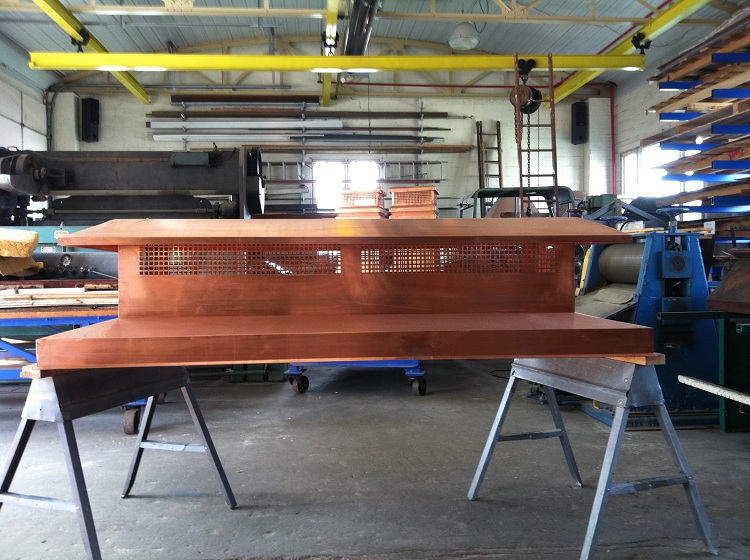
For the manufacture of the cap, you can take copper - a product from this metal will last a very long time
The last type of such products in the past was very popular. However, today you can also see them. A long shelf life is why people mount copper windshields. Such a product is able to stand under the sun, rain and wind for more than 50 years! Moreover, interacting with atmospheric oxygen, copper is covered with a patina and changes its color to green. She later turns brown. However, it is not so simple. This metal enters into a chemical reaction that contributes to the destruction of the copper chimney into the chimney pipe. To avoid this phenomenon, it is recommended to fix such a product with copper or copper-plated fasteners.
The service life of zinc-titanium flyugs is comparable with the value of this parameter for copper caps. However, they do not change their color.
Steel products will last almost half as much - up to 28 years. And then, provided that there is an anti-corrosion coating, or if stainless steel was used as the raw material for their manufacture. This is due to the lower resistance of ferrous metal to natural phenomena.
On a note! The protective layer itself can be made of polyester, pural or zinc. The least reliable is the last option.
Decorated weather hats
Such products are made, as a rule, from hardened iron in forges. Forged windshields on chimneys of fireplaces, stoves and so on. turn the most ordinary pipe located on the roof into a design with elements of sophistication. But at the same time they fulfill their main function - they ensure the effective operation of a fireplace or stove.
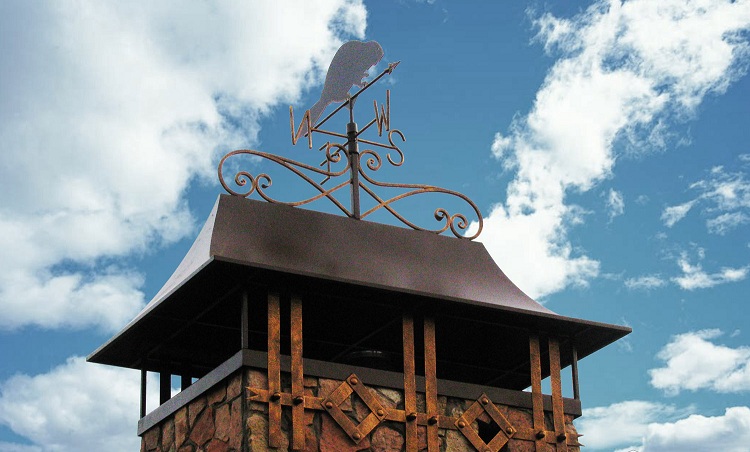
Caps are often decorated with various artistic elements, then the device also performs a decorative function
The smoke pipe is mounted on the pipe so that such units do not smoke, and this is possible only if there are no obstacles to the outgoing gases at the pipe exit. Such obstacles can be formed due to the occurrence of turbulence in the places where gas flows with a roof covering meet. And this phenomenon is more likely to occur in such chimney systems, where the chimney is located much lower in relation to the roof ridge. In addition, the draft in the pipe is affected by the moisture of atmospheric precipitation that has got inside it. In a completely wet pipe, even reverse thrust can occur. A forged chimney on a chimney can fix these problems.
Roofing elements, which are made by forging, are quite complex designs that combine efficiency with sophistication, beauty and ornamental ease of forged design. They without fail include the following components:
- roof. It covers the chimney from atmospheric dirt and moisture;
- screen. This element protects the roof of the chimney on the chimney pipe from exposure to acid fumes, high temperature and sparks;
- base.
The main difference between a forged weather vane and a welded product made of galvanized steel is high reliability and strength. Exhaust flue gases are characterized by a high concentration of sulfur compounds. And from a high school chemistry course, it is known that when exposed to moisture, such substances exhibit acidic properties. Therefore, the service life of the structure depends on the degree of stability of its elements to the effects of aggressive environments.
But with all this, one should not forget that flyugars are placed in hard-to-reach places. Therefore, if you decide to carry out the installation of the chimney yourself, without involving specialists, it will be necessary to strictly comply with safety requirements.
DIY making
In the independent manufacture of a flyboar, sheet metal, for example, roofing steel, is used. If you do not have the skills to perform such work, it is better to give preference to the simplest option.
To assemble and install a windshield on the chimney, you should have such a tool at hand:
- special hammers with various shapes;
- scissors for metal;
- metal corners or rods for fastening;
- mallet.
Stop your choice on a chimney in the form of a roof or a pyramid. After measuring the pipe, sketch on paper. Then cut the part from the sheet of metal, bending it to the desired shape.
Important! It should be remembered that the smoke box should completely cover the pipe. But it’s not worth doing very big.
To agree on the size of the fly and chimney, it is recommended that you first make a trial version of the paper. On this layout, you can, among other things, think over the features of the assembly of the product.
Consider the methodology for creating a pyramid-shaped smoke chamber. The starting material in this case is a metal rectangular or square sheet. The sequence of events is as follows:
- bend the square of the sheet diagonally from the upper right to the lower left;
- align the metal, giving it its original position;
- bend the sheet again, but on the second diagonal from the upper left to the lower right.
After carrying out such operations, you will be able to give the metal the shape of a pyramid without any particular difficulties. To install on the smoke channel, it remains only to attach the legs. Having “typed your hand” on simple chimney caps, you can try to implement more complex options.
By choosing and installing the flycars on the chimneys of your cottage, you will provide good traction to your fireplace or stove, extend the life of important structural elements of the structure and give your home a special charm.
